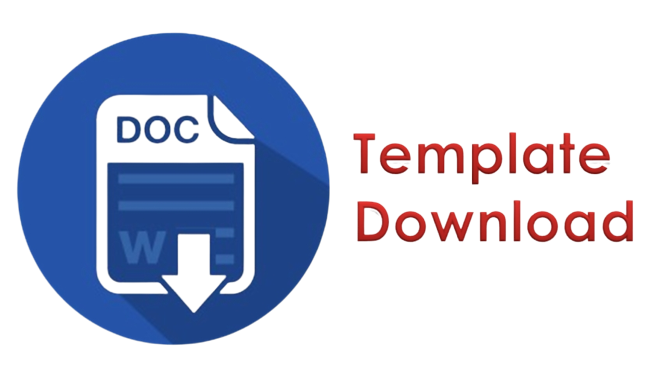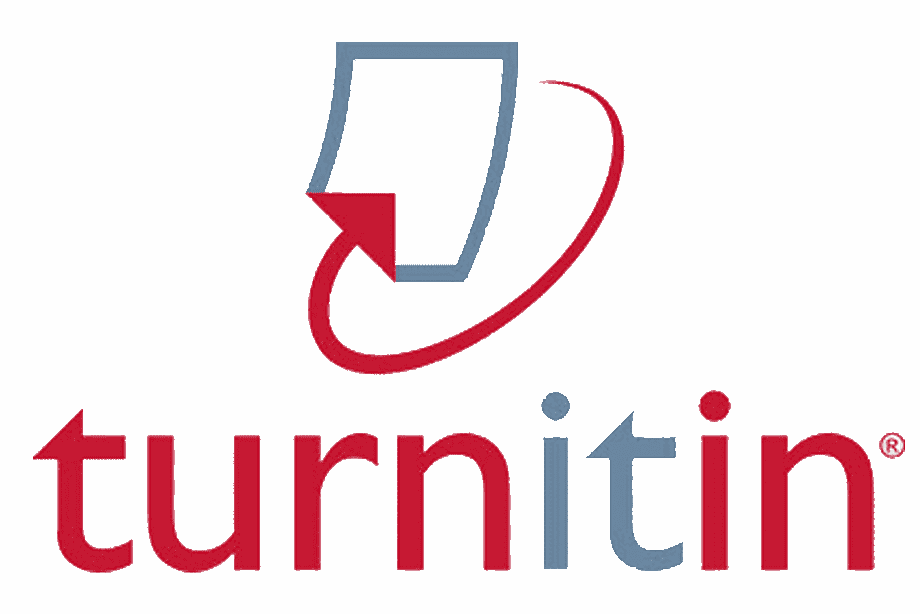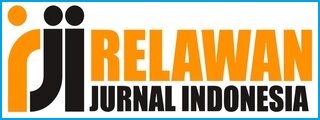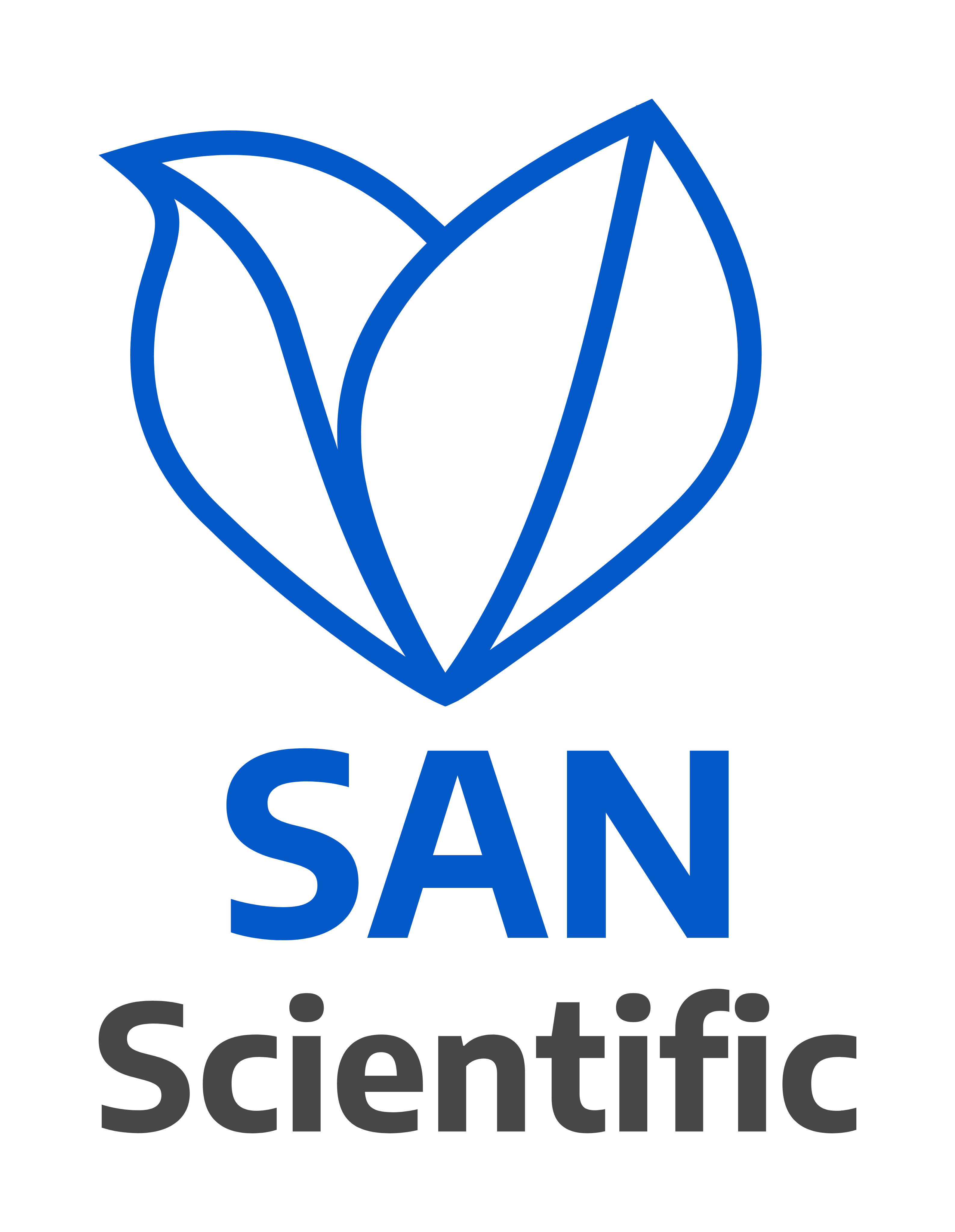How Profitability, Leverage, Financial Distress, Institutional Ownership, and Capital Intensity affect Accounting Conservatism
DOI:
https://doi.org/10.58777/rag.v2i1.158Keywords:
Accounting Conservatism, Profitability, Leverage, Financial Distress, Institutional Ownership, Capital IntensityAbstract
This research seeks to ascertain how accounting conservatism is impacted by institutional ownership, profitability, leverage, financial hardship, and capital incentives. The study employs secondary data, specifically manufacturing companies listed on the Indonesia Stock Exchange (BEI) for the 2016–2020 timeframe, using a quantitative correlation research approach. Twenty-six companies made up the research sample. Purposive sampling was the method of sampling that was applied. Analysis using multiple linear regression is the analytical technique employed. The study's findings indicate that while financial distress and capital intensity are related to accounting conservatism, profitability, leverage, and institutional ownership do not. Management implications for accounting conservatism in relation to profitability, leverage, financial distress, institutional ownership, and capital are financial strategies. Implications related to capital intensity can influence the company's financial strategy; if capital intensity is related to the level of accounting conservatism, managers can consider a capital structure that is in accordance with conservative goals
References
Albart, N., Sinaga, B., Santosa, P. W., & Andati, T. (2020). The effect of corporate characteristics on capital structure in Indonesia. Journal of Economics, Business, and Accountancy Ventura, 23(1), 46–56. https://doi.org/10.14414/jebav.v23i1.2153
Alfian, A., & Sabeni, A. (2013). Analysis of Factors That Influence the Choice of Accounting Conservatism. Diponegoro Journal of Accounting, 2(3), 1–10. https://doi.org/202.419.4372
Ardianto, D., & Rivandi, M. (2018). The influence of enterprise risk management disclosure, intellectual capital disclosure, and management structure on company value. Profita: Scientific Communication of Accounting and Taxation, 11(2), 284–305. https://doi.org/10.22441/profita.2018.v11.02.009
Ardianto, D., & Rivandi, M. (2018). The influence of enterprise risk management disclosure, intellectual capital disclosure, and management structure on company value. Profita Journal, 11(2), 284. https://doi.org/10.22441/profita.2018.v11.02.009
Arianandini, PW, & Ramantha, IW 2018. The Influence of Profitability, Leverage, and Institutional Ownership on Tax Avoidance. Accounting E-Journal, 22, 2088. https://doi.org/10.24843/eja.2018.v22.i03.p17
Arikunto, S. (2014). Research Procedures A Practical Approach. Jakarta: Rineka Cipta
Aumeerun, B., Jugurnath, B., & Soondrum, H. (2016). Tax evasion: Empirical evidence from sub-Saharan Africa. Journal of Accounting and Taxation, 8(7), 70–80. https://doi.org/10.5897/jat2016.0225
Budiantoro, H., Santosa, P. W., Zhusrin, A. S., & Lapae, K. (2022). Pengujian Pentagon Fraud terhadap Kecurangan laporan Keuangan pada Perusahaan Badan Usaha Milik Negara (BUMN). ASSETS, 12(1), 76–94. https://doi.org/10.24252/assets.v1i1.27587
Dewi, AS, & Suardika, AAKA (2021). The Influence of Profitability, Transfer Pricing and Institutional Ownership on Tax Avoidance (Empirical Study of Mining Sector Companies Listed on the Indonesian Stock Exchange 2013 – 2019). Hita Journal of Financial Accounting, 6(4), 297–309. https://doi.org/10.32795/hak.v2i2.1566
Dewi, & Suryanawa. (2014). The Influence of Managerial Ownership Structure, Leverage, and Financial Distress on Accounting Conservatism. Journal of Management, business, and accounting innovation seminars, 7(1), 223
Dwiyanti, IAI, & Jati, IK (2019). The Effect of Profitability, Capital Intensity, and Inventory Intensity on Tax Avoidance. E-Journal of Accounting, 27, 2293. https://doi.org/10.24843/EJA.2019.v27.i03.p24
Ehrhardt, M. C., & Brigham, E. F. (2019). Corporate Finance: A Focused Approach (6 ed.). Boston: Cengage learning.
Habiba. (2017). The effect of good corporate governance mechanisms and leverage on the level of accounting conservatism. The Indonesian Accounting Review, 6(1), 67. https://doi.org/10.14414/tiar.v6i1.854
Hakiki, LN, & Solikhah, B. (2019). The Influence of Corporate Governance, Investment Opportunity Set, Company Size, and Implementation of PSAK 55 on Accounting Conservatism. Gorontalo Accounting Journal, 2(2), 85–97. https://doi.org/10.32662/gaj.v2i2.620
Hakim, MZ & Naelufar, Y. (2020). Analysis of Profit Growth, Profitability, Capital Structure, Liquidity, and Company Size of Profit Quality. Journal of the Academy of Accountancy, 3(1), 12-35. https://doi.org/10.29407/jae.v3i1.12010
Halim, A., Bawono, IR, & Dara, A. (2020). Taxation (Concepts, Applications, Examples, and Case Studies) (3rd ed.). Jakarta: Salemba Empat.
Hsu, C. H., Lai, S. C., & Li, H. C. (2016). Institutional ownership and information transparency: Role of technology intensities and industries. Asia Pacific Management Review, 21(1), 26–37. https://doi.org/10.1016/j.apmrv.2015.06.001
Indriana, V. & Handayani, N. (2021). The Influence of Leverage, Investment Opportunity Set (IOS), and Profitability on Earnings Quality. Journal of Accounting Science and Research, 10(1), 1- 18. https://doi.org/10.59004/jisma.v1i3.87
Jessica et al. (2012). The Influence of Financial Levels and Debt Levels on Accounting Conservatism in Manufacturing Companies on the IDX. Accounting Student Scientific Journal, 1(2).
Koming, N., & Praditasari, A. 2017. The Influence of Good Corporate Governance, Company Size, Leverage and Profitability on Tax Avoidance. E-Journal of Accounting, 7(4), 1229–1258.
Lie, AS & Santioso, L. (2020). Factors Influencing Indonesian Manufacturing Companies Listed on the IDX. Tarumanagara Accounting Multiparadigm Journal, 10(2), 1203-1212. https://doi.org/10.24912/jpa.v2i3.9547
Mehrani, S., Moradi, M., & Eskandar, H. (2016). Institutional Ownership Type and Earnings Quality: Evidence from Iran. Emerging Markets Finance and Trade, 53(1), 54–73. https://doi.org/10.1080/1540496X.2016.1145114
Moghaddam, Abdolkarim, et all 2013. Studying the relationship between Institutional Ownership and Conservatism in Companies Accepted in the Tehran Stock Exchange. International Journal of Academic Research in Accounting, Finance and Management Sciences, 3(1).
Nadhifah, M., & Arif, A. (2020). Transfer Pricing, Thin Capitalization, Financial Distress, Earning Management, and Capital Intensity Against Tax Avoidance Moderated by Sales Growth. Trisakti Master of Accounting Journal, 7(2), 145. https://doi.org/10.25105/jmat.v7i2.7731
P Putra, I. Gusti, Purnama Sari, M., & Larasdiputra, D. (2019). The Influence of Institutional Ownership and Managerial Ownership on Accounting Conservatism. Business and Accounting), 18(1), 41–51. https://doi.org/10.22225/we.18.1.991.41- 51
Pangestu, SH, & Pratomo, D. (2020). The Influence of Accounting Conservatism and Capital Intensity on Tax Avoidance with Profitability, Size and Leverage as Control Variables. Jae (Journal of Accounting and Economics), 5(3), 26–34.
Rahmadhani, S., & Nur, A. (2016). Analysis of Factors that Influence Accounting Conservatism. Journal of Management Science and Applied Accounting (JIMAT), 6(1), 120–141.
Ramadhoni, Y., Zirman, & Mudrika. (2014). The Influence of the Company's Level of Financial Difficulty, Litigation Risk, Managerial Ownership Structure and Debt Covenant on Accounting Conservatism (empirical study of manufacturing companies listed on the IDX). JOM Fekon, Vol.1 No.2. https://doi.org/10.18860/em.v2i2.2363
Ratnadi, Dwi and Noviantari, (2015). The Influence of Leverage, Company Size, and Leverage on Accounting Conservatism. Udayana University Accounting E-Journal, 2(2).
Risdiyani, F., & Kusmuriyanto. (2015). Analysis of Factors That Influence the Implementation of Accounting Conservatism. Accounting Analysis Journal, 4(3), 1–10. https://doi.org/10.26675/jabe.v1i3.6028
Sa'ad, and Hanan, (2015). The Effect of Accounting Conservatism and its Impacts on the fair Value of the Corporation: an empirical study on Jordanian Public Joint-stock Industrial Companies. Israel University, 6(7). https://doi.org/10.1111/jbfa.12206
Santosa, P. W., Rahayu, S. I., Simon, Z. Z., & Tambunan, M. E. (2021). The moderating role of audit quality and firm size in the effect of corporate governance on related party transactions: Evidence from Indonesia. Investment Management and Financial Innovations, 18(4), 166–176. https://doi.org/10.21511/imfi.18(4).2021.15
Santosa, P. W., Tambunan, M. E., & Kumullah, E. R. (2020). The role of moderating audit quality relationship between corporate characteristics and financial distress in the Indonesian mining sector. Investment Management and Financial Innovations, 17(2), 88–100. https://doi.org/10.21511/imfi.17(2).2020.08
Setyaningsih, H. (2008). The Influence of the Company's Level of Financial Difficulty on Accountants' Conservatism. Journal of Accounting and Investment, 9(1), 91-107.
Sinarti, & Mutihatunnisa, S. (2014). The Influence of Company Size, Leverage Ratio and Capital Intensity on the Implementation of Accounting Conservatism in All Non-Financial Sector Companies Listed on the IDX in 2014. Batam State Polytechnic Journal, 2(3), 1-6.
Sugiarto, N., & Nurhayati, I. (2017). Factors that Influence Accounting Conservatism in Manufacturing Companies Listed on the Indonesian Stock Exchange in 2014-2016. Dynamics of Accounting, Finance and Banking, 6(2), 102–116. https://doi.org/10.25134/jrka.v2i2.456
Sugiarto, M., & Santosa, P. W. (2018). Pengaruh indikator makroekonomi, kinerja keuangan, dan tata kelola terhadap nilai perusahaan sektor properti di bursa efek Indonesia. Journal of Economics and Business Aseanomics, 2(2), 288–312. https://doi.org/10.33476/jeba.v2i2.487
Sugiyarti, L., & Rina, S. (2020). The Influence of Tax Incentives, Financial Distress, Earning Pressure on Accounting Conservatism. Sukowati Research and Development Journal: Research and Development Media, 4(1), 10. https://doi.org/10.32630/sukowati.v4i1.148
Syifa, HM, Kristanti, FT, & Dillak, VJ (2017). Financial Distress, Institutional Ownership, Profitability Against Accounting Conservatism. Journal of Contemporary Accounting Research (JRAK), 9(1), 1–6.
Zainuddin, Z. 2017. Knowledge and Understanding of Tax Rules, Service Quality and Perception of the Effectiveness of the Tax System on Willingness to Pay Taxes with Awareness of Paying Taxes as an Intervening Variable. Journal of Integrated Accounting Research, 10(2). https://doi.org/10.35448/jrat.v10i2.4252
Zarai, Z., Boujelbene, E., Ben Salem, N., Gargouri, Y., & Sayari, A. 2013. Antioxidant and antimicrobial activities of various solvent extracts, piperine and piperic acid from Piper nigrum. LWT - Food Science and Technology, 50(2), 634–641. https://doi.org/10.1016/j.lwt.2012.07.036
Zuhriyah, EA (2016). IFRS Convergence, Leverage, Financial Distress, Litigation in Relation to Accounting Conservatism Empirical Study of Transportation Sector Companies Listed on the IDX for the 2010-2014 period.
Downloads
Published
How to Cite
Issue
Section
Copyright (c) 2024 Kurniadi Setyanto, Hadiati Fitri, Nazma Riska Zhafiraah

This work is licensed under a CC Attribution-ShareAlike 4.0
 Views: 571
|
Views: 571
|
 Downloaded: 488
Downloaded: 488











